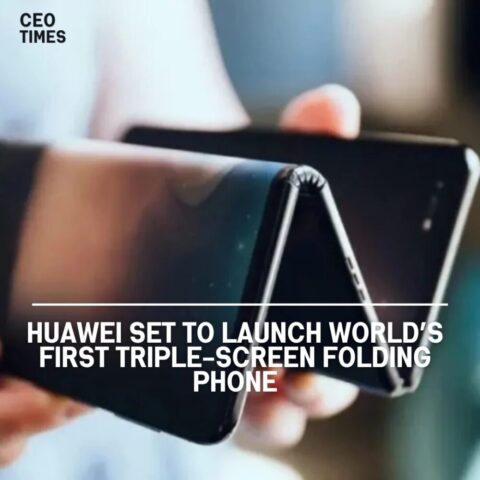Huawei’s latest flagship smartphone, the Pura 70 Pro, represents a significant milestone in China’s journey towards technological self-sufficiency.
A teardown analysis conducted by iFixit and TechSearch International reveals a notable increase in the use of components sourced from Chinese suppliers, underscoring China’s progress in reducing reliance on foreign technology.
Domestic Component Integration:
The teardown analysis unveiled a NAND memory chip likely packaged by Huawei’s in-house chip unit, HiSilicon, along with several other components sourced from Chinese suppliers.
This shift towards domestic suppliers reflects Huawei’s strategic push for self-sufficiency in technology procurement, particularly in the wake of U.S. sanctions.
Advanced Processing Chipset:
The Pura 70 Pro is powered by Huawei’s Kirin 9010 chipset, representing an advancement in Chinese-made semiconductor technology.
While similar to the chipset used in Huawei’s Mate 60 series, the Kirin 9010 demonstrates Huawei’s commitment to innovation and technological advancement.
Implications for Huawei and the Industry:
The successful launch of the Pura 70 series signifies Huawei’s resurgence in the high-end smartphone market despite previous U.S. sanctions.
Analysts anticipate the Pura 70 Pro will pose stiff competition to rivals like Apple, potentially capturing additional market share.
The increased use of domestically sourced components highlights China’s bid for technological independence and has broader implications for the global technology landscape.



















